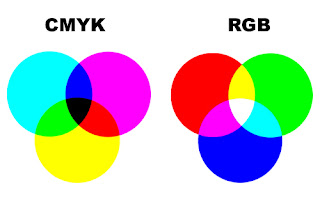When designing a room, we also have to consider the colour contrast. Contrast if the difference in luminace and/or colour that makes an object - or its representation - distinguishable.
Johannes Itten was one of the first people to define and identify strategies for successful colour combinations. So, he found out that there are seven kinds of contrast.
1. Contrast of hue
The greater the distance between hues on a color wheel, the greater the contrast. A great is example is black-white or even yelllow-red-blue.
2. Contrast light-dark
It is based on the use of different brightnesses and tone values of the colours. All colours can be lightened with white, and darkened with black. Example: black-white or yellow - violet.
3. Contrast cold-warm
It´s greatest effect is achieved with the colours orange-red and blue-green.
Warm colours are made with orange, red, yellow and combinations of them all. They are considered warm because they make you think of sunlight and heat. Warm colours are used to make large rooms cozier.
Cool colours, such as blue, green and light purple have the ability to calm and soothe and they remind us of water and sky. They are great for small room to seem larger.
Using the cold-warm contrast brings balance to room. So, if you want your room to be cozy, have warm colours as the dominant ones and add a few elements with cool colours to balance them / or vice versa.
4. Complementary contrast
In the colour wheel, the complementary colours occupy opposite positions. When they are mixed, the result is a neutral grey-black. When adjacent, complementary colours mutually intensify their luminosity.
Example:
Yellow-violet
Blue -orange
Red-green
5. Simultaneous contrast (optical illusion)
Its effect is derived from the law of complementary colours, according to which each pure colour physiologically demands its opposite colour – its complement. If this colour is absent, the eye will produce it simultaneously. Strong green makes neutral grey next to it appear reddish-grey, whereas the effect of strong red on the same grey is a greenish-grey appearance.
6. Contrast of saturation
This is a contrast between luminous and dull colours. Colours can be subdued by the addition of black, white, grey or complementary colours.
7. Contrast of extention/quantity
It involves the proportion of colours used. Two factors determine the force of a pure colour> its brilliance or lightness of value and its extent.
COMING NEXT:
How to use colors in interior design - Part 3: The color psychology - The meaning of colors

























